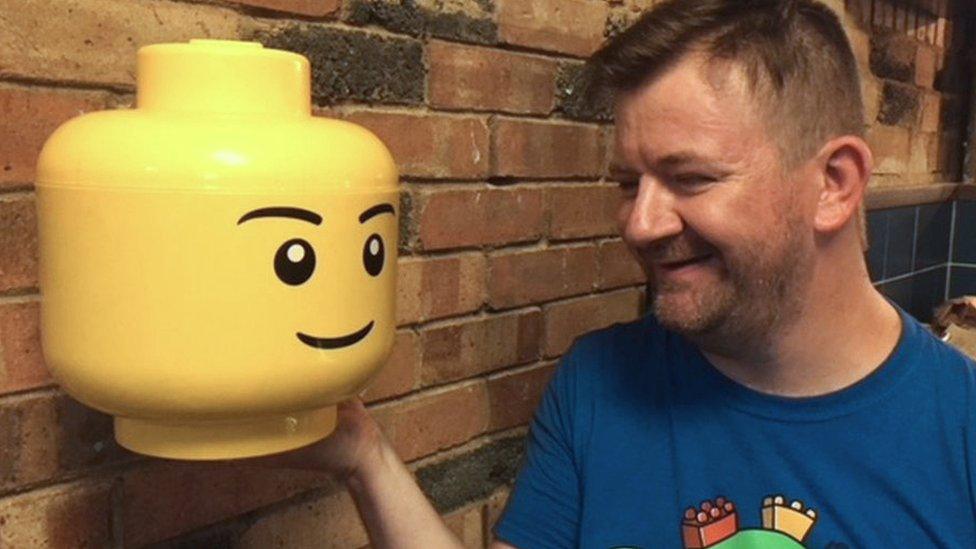Toy sales slump as shops chase Christmas cheer
- Published
- comments

Manufacturers and retailers hope interactive toys prove popular
Caution among UK shoppers has led to a tough year so far for toy retailers, as parents search for deals and cut back on impulse buys.
UK toy sales were down by 8% in the year so far, compared with the same period last year, leaving retailers dreaming of a bumper Christmas.
But economic uncertainty and Brexit planning could lead to shortages of the most popular toys.
Others may be sold off cheaper if sales fail to match retailers' expectations.
About 30% of annual spending on toys comes at Christmas, with £86 spent on the typical child up to the age of 11, according to analysts NPD.
The industry is banking on festive sales turning around a poor year so far. The 8% drop in UK sales was worse than a 3% drop in international toy sales, said Frederique Tutt, global industry analyst for NPD. Sales last year were also flat, suggesting more than a seasonal downturn.
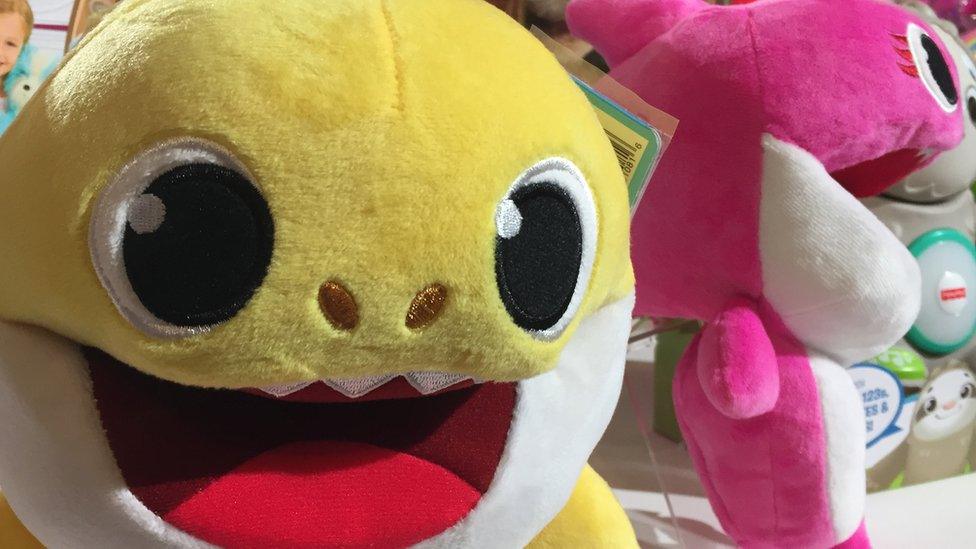
She said this was driven by a lack of consumer confidence and High Street woes in general, rather than issues specific to the toy industry.
Parents and grandparents have made fewer impulse buys outside of birthdays and Christmas, partly as they are less likely to be in stores.
"You do not get the same Willy Wonka-type excitement on the internet as children do in a toy shop," said Gary Grant, who chairs the committee which selects the 2019 DreamToys list, external of "must-have" toys.
Blockbuster film releases had been earmarked as a saviour for the industry this year, owing to the sale of spin-off toy merchandise which account for 10% of the market. The two brands which have previously broken records for film-licensed products - Star Wars and Frozen - will see new films released before Christmas.
But Mr Grant said the financial reality for many families was that buying a toy after watching a film would be a substitute for another toy purchase, not necessarily an additional purchase.

UK toy market facts
In store sales accounted for 55% of the market, with 26% bought online and delivered, and 16% click and collect
Nearly two-thirds (61%) of Christmas toy spending were presents chosen by the giver, rather than put on children's wishlists
Toy spending at Christmas stands at £86 on average for each child up to the age of 11
Each receives an average of eight toys each Christmas
Source: NPD

Licensed products in general have accounted for 23% of toy sales so far this year, but Ms Tutt said this sector was no longer dominated by blockbuster film releases.
Some of the hotly tipped toys this year have links to YouTube stars and are marketed on social media. The fragmentation of entertainment channels has made it difficult for the big film brands to repeat previous success - although some, such as Harry Potter - have had some joy.
"Children move on to the next thing very quickly, so there is a relatively short window of opportunity to make sales," she said.
The Brexit effect
The extra planning required by the potential for the UK leaving the EU on 31 October led many manufacturers and retailers making early decisions on orders for the coming Christmas.
That, according to Mr Grant, could mean a shortage of certain toys before Christmas which suddenly become popular. A cautious approach by manufacturers may add to this concern.
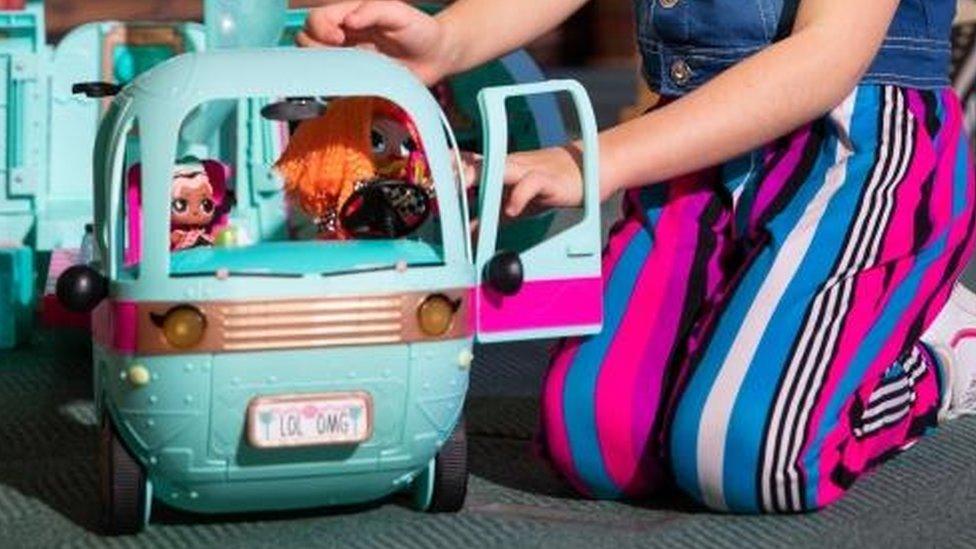
There are already suggestions of shortages of the L.O.L Surprise! 2-in-1 Glamper
However, there was also the chance that retailers could have over-ordered certain toys, leading to the potential for big discounts on those at some point before Christmas.
That, he said, would impact the cash taken by retailers, in addition to the extra management time and cost during the year that was caused by Brexit planning.
He predicted that a pick-up in the UK economy and consumer confidence would bring shoppers back to the High Street to spend money, but it was difficult to know when such an improvement would come.
- Published26 September 2019
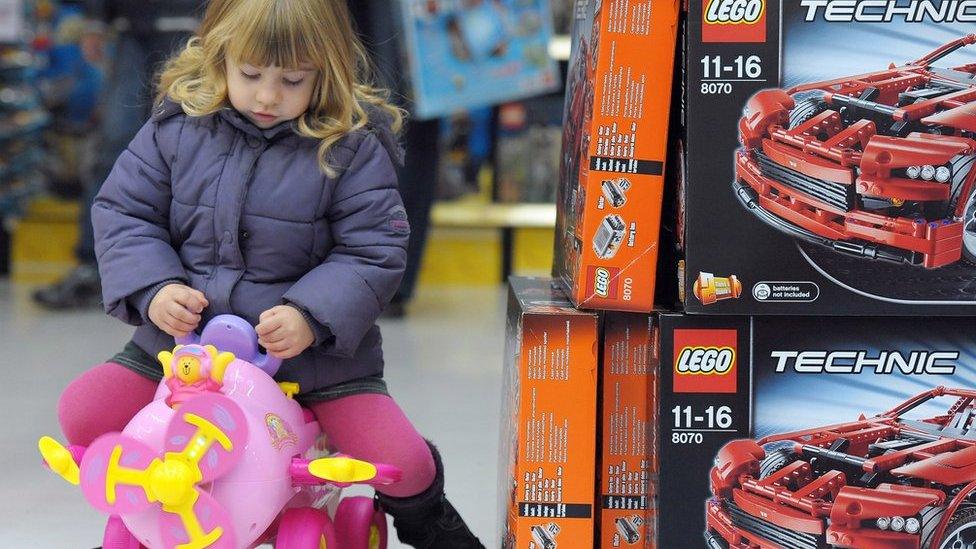
- Published23 January 2019
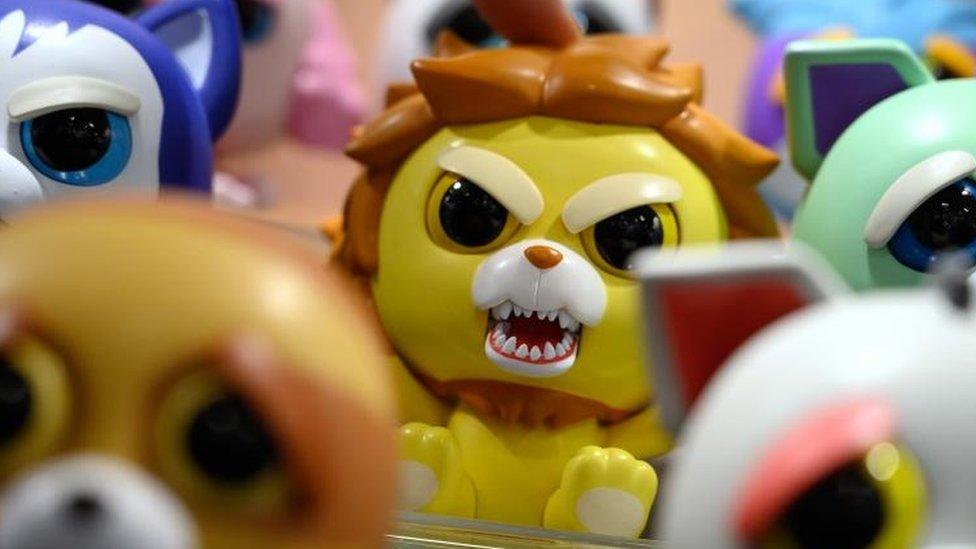
- Published20 June 2019

- Published26 January 2018
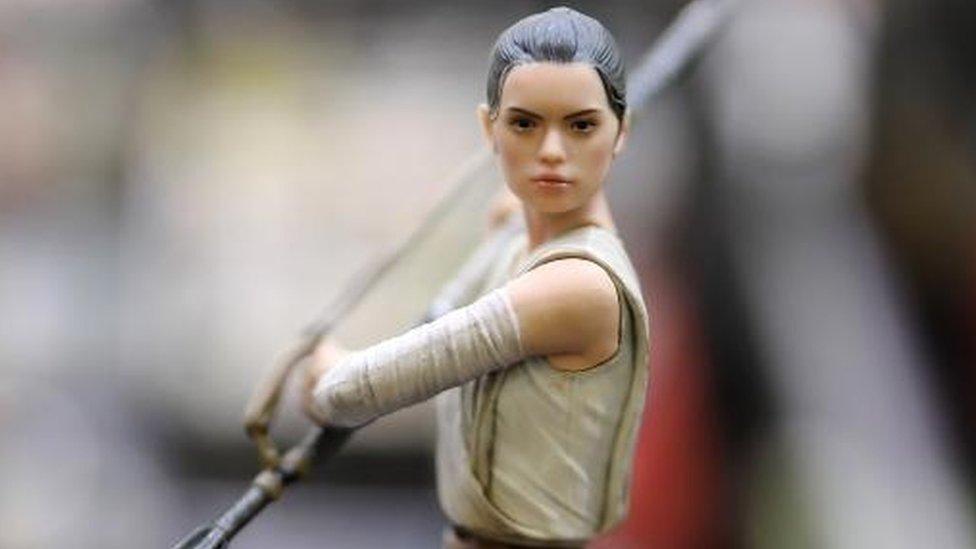
- Published29 August 2018
